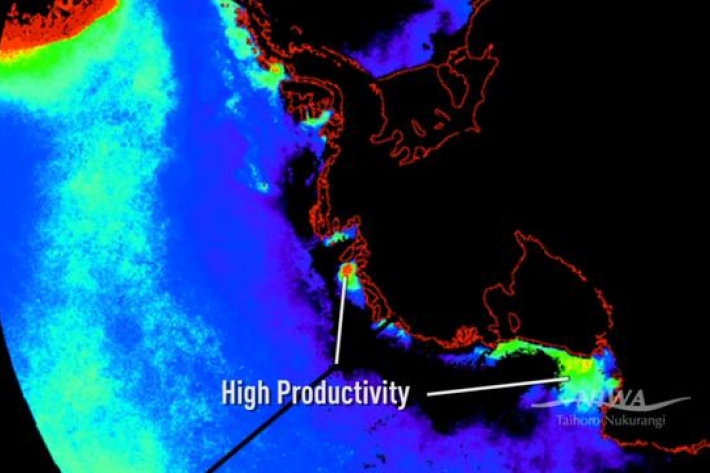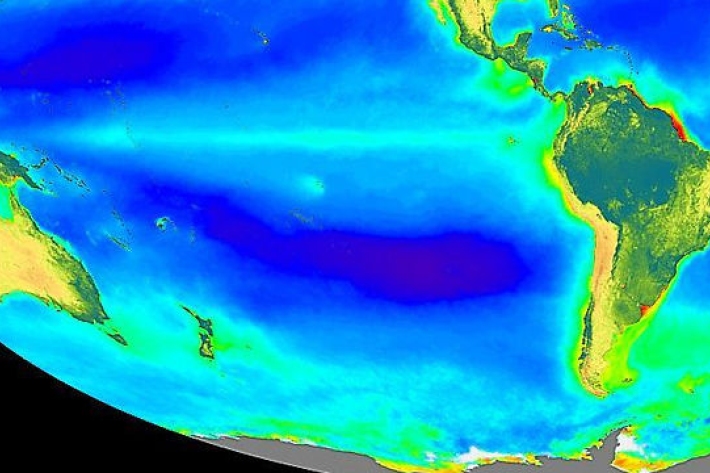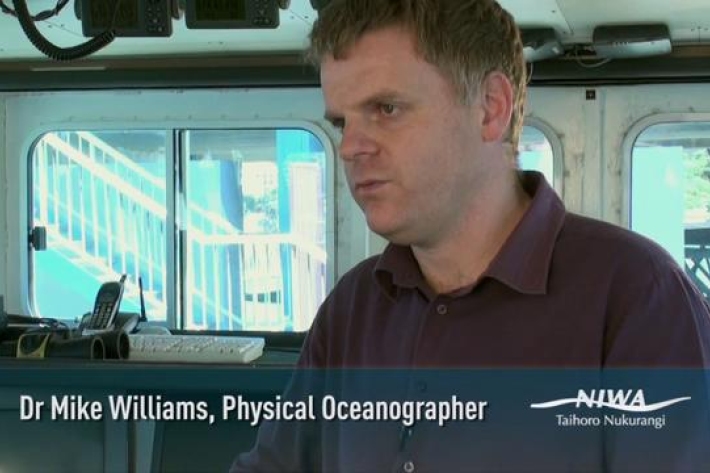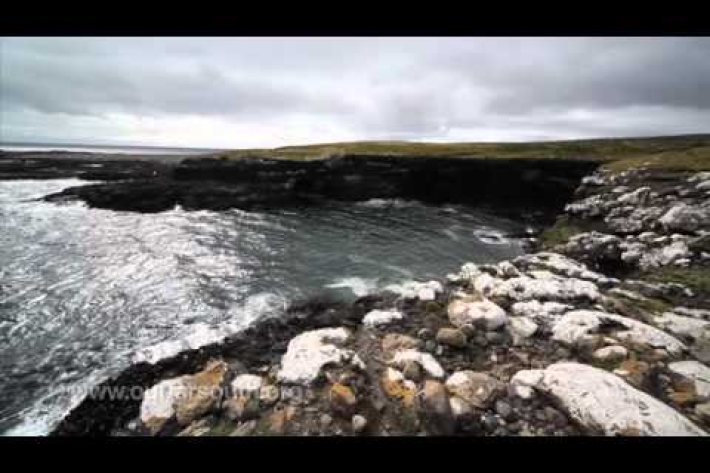-

Ecosystem Effects and Mitigation of the Toothfish Fishery
Understanding the potential effects of Antarctic toothfish fisheries on Ross Sea ecosystem -

Iron Fertilisation
Iron concentration in Antarctic waters -

Southern Ocean Productivity
The importance of phytoplankton in Antarctic marine food webs -

Phytoplankton and Climate Change
Role of Southern Ocean as Earth's carbon sink -

Antarctic Coastal Marine Life
Understanding the unique characteristics of seafloor communities living in Antarctic's coastal waters -

Antarctic Seabed Biodiversity
Exploring the unique species living on Antarctica's continental shelf -

Subantarctic Oceanography
Understanding the influence of the world's largest current - the Antarctic Circumpolar Current (ACC) -

Seabird Diversity in the Southern Ocean
Seabirds, our ocean systems indicators -

Antarctic & Southern Ocean Climate
Climate systems in Antarctica & Southern Ocean -

Antarctic Sea Ice
Antarctic sea ice: what it is, why it's important, and the difficulty in measuring its extent


